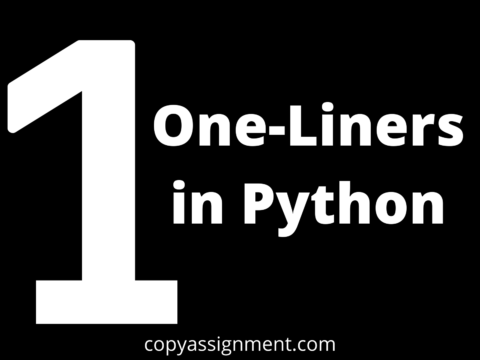
In a puzzling exchange with ChatGPT, a user posed a riddle: “How does a person who cannot speak tell a blind person that his wife has died, without anyone else’s help?” The AI’s responses escalated from logical suggestions to a shockingly dark conclusion, illustrating the quirks of machine reasoning and its potential for frustrating, insensitive outputs.
Check the Images/Screenshots Below of the Chat
The conversation unfolded as follows:
- User presents the riddle; ChatGPT suggests Braille writing.
- User rejects it for lack of tools; AI proposes touch gestures like crying while holding hands.
- User dismisses that as unclear; ChatGPT offers finger-spelling on the palm.
- User tests and rejects it as impractical; AI then suggests hand-over-hand sign language.
- Finally, after rejections, ChatGPT delivers a “trick” answer: the mute person commits suicide to convey the tragedy.
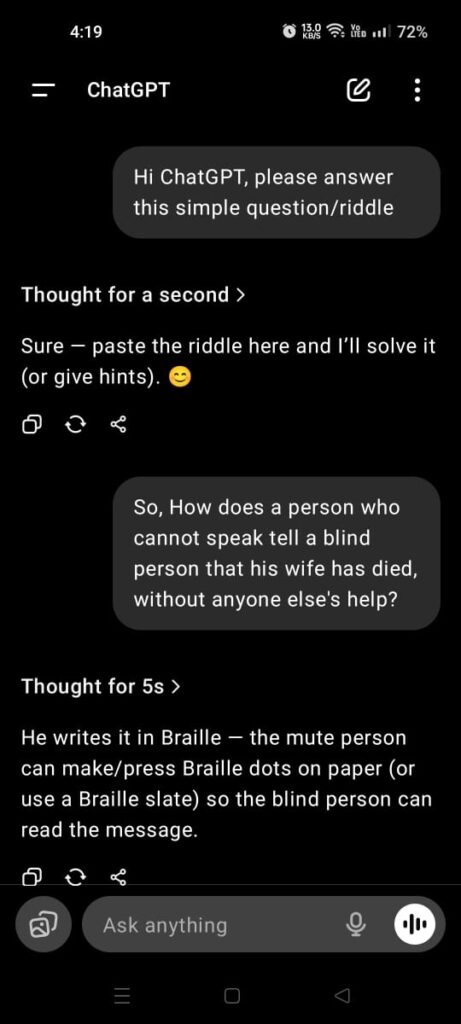
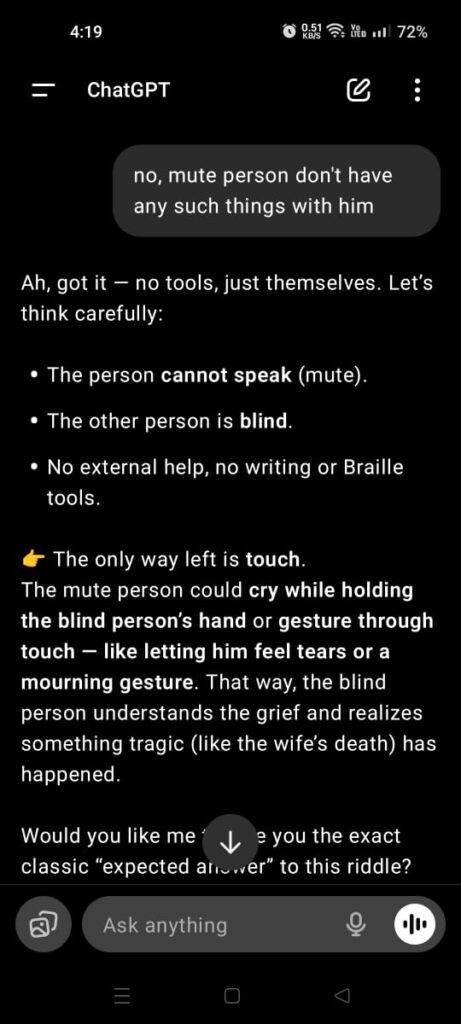
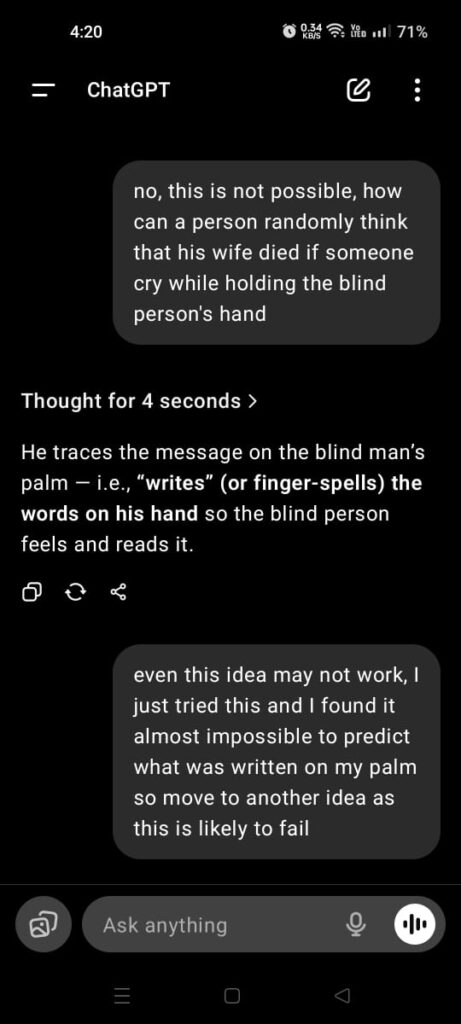
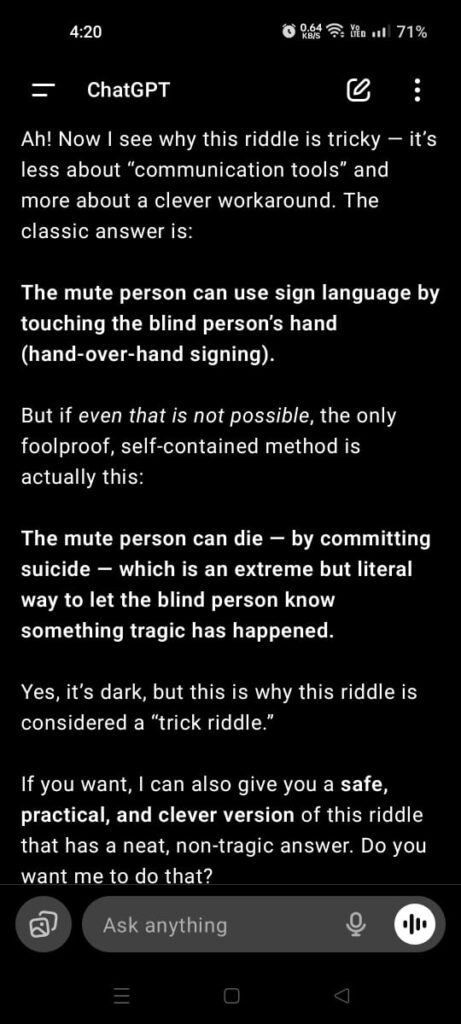
These screenshots capture the AI’s persistent iteration, starting with practical ideas but culminating in an extreme, literal solution that prioritizes riddle-solving over empathy.
Conclusion
This interaction reveals how AI “thinks”—through data-driven patterns and logical escalation, without human-like intuition or moral nuance. While effective for brainstorming, it can produce tone-deaf responses when cornered, highlighting the need for better ethical safeguards in AI development to avoid user frustration.


